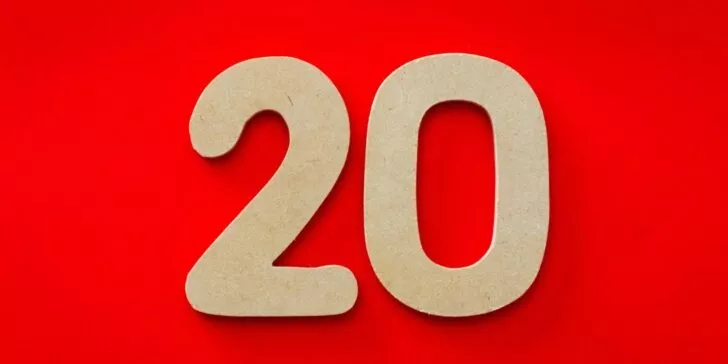Two years ago I was one of the subjects of Bill Wadman’s 365 Portraits project. Last year he was one of the photographers for the Hot Blogger Calendar project I co-created with Jane Porricelli. His work has been everywhere and he’s shot amazing people. And in reading his photography blog, On Taking Pictures, I’m usually fathoms out of my depth.
But I was lucky enough to study oil painting at the National Academy School of Fine Arts school for several years, and that gave me questions for him – less about the technical aspects of photography, and more about how you think when you’re making portraits. The below is excerpted from our conversation.
(Also, it just feels wrong to have a post about photography with no pictures, so I hope he thinks I went with one of the good Facebook photos. Because for a minute there, this was totally going to be a baby picture.)

* * *
You jack up the contrast and the color and pull out the crags and the imperfections. In the world of your pictures, life is saturated with color and the edges are sharply defined. I wonder how you’ve come to that style. Do you feel like it gets you closer to representing the person more strongly, to emphasize all the details almost to the point of exaggeration?
Considering the fact that I haven’t been shooting that long, my style has changed fast. In fact it’s only in the past year or so I feel like I’ve leveled out, which I’m not comfortable with by the way, but that’s another story. It was during 365 that this all came about, because I was shooting so much and so often, and somewhat starting from a blank slate every morning, that I evolved into the look that you can recognize as mine today. In fact, you can go through 365 from beginning to end and probably make a flip book that would watch my work evolve.
I didn’t know what I wanted to do, really, I just knew what I didn’t want to do, which was to take boring pictures. I didn’t want to take snapshots: that was my biggest fear. There are a lot of technically good photographers out there who take very good pictures, but whose work you couldn’t tell from the next guy. Maybe it’s my obsession to be the exception rather than the rule, but I didn’t want to be one of those guys. In fact, if I knew that’s what I would be, then I didn’t want to start.
As I got more comfortable with taking portraits I liked, I found that many times they weren’t the necessarily the most flattering images, but I hope they are a ‘good’ picture of the subject. As you said, though, it’s the interesting people who are easier to paint, because you’ve got something to grab onto.
Sometimes getting an interesting portrait of a really good-looking person is like trying to rock climb a sheer cliff. There are just no holds to climb. But if he’s got a crooked nose or she’s got big eyes or something, then you’ve got somewhere to start. I try to find those things like a caricature artist does, except I want to make them communicate instead of being funny. I think a slightly exaggerated version of reality can be interesting.
Do you look at it from a straight geometry and color-theory perspective of how to make the colors and shapes look best and most interesting?
I’m not consciously thinking about geometry or color theory but I’m sure some of that is involved. Growing up, I was terrible at drawing and art. I’ve got no skills at that stuff at all, so I find it a little funny that I’m doing visual art now. Cartier-Bresson always considered himself an artist, not a photographer. My talents were always in music, not visual.
That said, I think that proportion and angles and contrast and color all mix up to make a good photo, and I think I’m getting better at mixing them, but it’s all subjective. Some people look at recent work that I’m generally really proud of and tell me that I’m moving backwards… so who knows.
I don’t want to take snapshots. I’m not a “carry around the camera and catch a good shot of Tom turning around” kind of shooter. Then again, I’m not the other end of the spectrum, either, with huge setups and over-thought concept shots. I want to take deliberate portraits without it feeling staged. I want to get past the wall most people put up when they get their photo taken, while at the same time taking a portrait they themselves can relate to. Something like a commissioned painting.
Sargent is my favorite painter, and he did some commissions at the turn of the century that go in the direction I’ve been thinking lately. Sometimes it’s figuring out how to translate interpretive styles into the more literal photographic medium. This is also why I do a lot of post-production on my images, because for the most part, I can’t get what I want right out of the camera.
To me, art is fundamentally about seeing things more deliberately than most of us do, and using that better vision to create beautiful things, so I loved trying to figure out how Bill sees. And Sargent is one of my favorite painters too, so that might explain why I like his work so much. You can see it at billwadman.com and his thoughts on photography at ontakingpictures.com. And if you know any of his heroes, let him know.


Comments are closed.